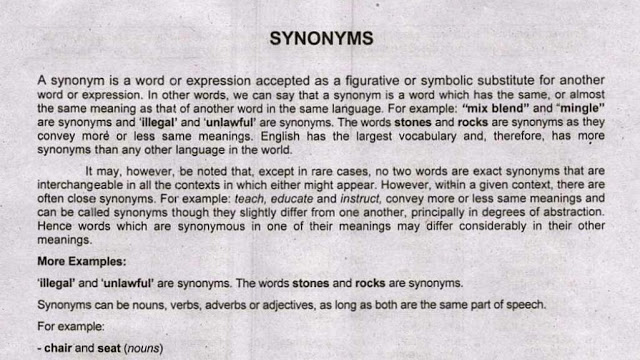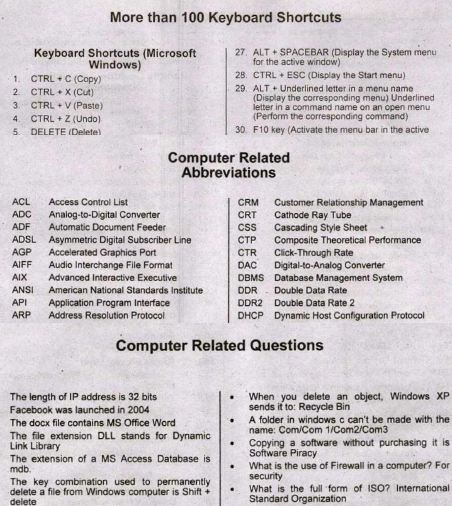PPSC Test Physics Subject 2019 with Full Book Download in PDF
INTRODUCTION TO PHYSICS
Physics is the branch of science which focuses on matter and motion, and how they interact with one another.This subject is one of the basic branches of science. and each of physics’ sub visions had evolved to be applied in different branches of science Today, many students will find physics as a mind boggling subject except for a select few who find it fascination Therefore, for a student who sees physics as an amazing subject and wishes to study it further, it is a great option.
1. Which Country allowed women for driving recently?
(A) Malaysia (B) Indonesia
(C) Saudi-Arabia (D) None of these
2. Physics deals with the study of
(a) Matter and Energy
(b) Outer atmosphere
(c) Matter and Energy and their relationship
(d) None of these
3. Astrophysics is the branch of physics deals with the
(a) Physics of oceans
(b) Physics of stars and galaxies
(c) Physics of earth crust
(d) None of these
4. Plasma physics Is the branch of physics deals with the
(a) Atoms · (b) Molecules
(c) Ions (d) None of these
5. Which branch of physics that applies the physics laws to life formations?
(a) Biophysics
(b) Thermo physics
(c) Solid state physics
(d) None of these
6. Classical physics is still valid in
(a) Very small particles
(b) Fast moving particles
(c) Ordinary process
(d) None of these
7. The concept of position is purely
(a) Specific (b) Relative
(c) Ordinary (d) None of these
8. A frame of reference is any coordinate system to which measurements are taken as
(a) Correctly (b) Specifically
(c) Relative (d) None of these
9. An accelerated frame of reference is called
(a) Inertial frame
(b) Non-inertial frame
(c) Not a and b
(d) None of these
10. Life span of white blood cells is:
(A) 2 days (B) 4 days
(C) 6 days (D) 13 days
11. General theory of relativity is applicable in the
(a) Inertial frame of reference
(b) Non-inertial frame of reference
(c) Both frames of reference
(d) None of these
12. The postulates of special theory of relativity in which
(a) laws of physics are same
(b) Speed of light is universal
(c) Mass Is conserved
(d) a and b
13. time dilation Is the result of special theory of relativity in which
(a) times increases
(b) time decreases
(c) Remains the same
(d) None of these
14. According to special theory of relativity,time is not a absolute quantity, depending upon the
(a) Inertial frame
(b) Non-inertial frames
(c) Motion of the frame of reference
(d) None of these
15. The proper time measured in
(a) Inertial frame
(b) Non-inertial frame
(c) Stationary frame
(d) None of these
16. The time dilation result applies to all timing processes like
(a) Physical
(b) Chemical
(c) Biological
(d) All of these
17. At higher temperature, the body emits short wavelengths in the region
(a) Infra red (b) Ultraviolet
(c) Far-infra red (d) None of these
18. A body termed as black body when it
(a) Reflects all radiations
(b) Absorbs all radiations
(c) Absorbs and radiates all radiations
(d) None of these
19. Application of photoelectric effect is
(a) Photo diode (b) Photo translator
(c) Photocell (d) None of these
20. In photocell, the sodium or potassium cathode emits electrons for
(a) Visible light (b) Infrared light
(c) Ultraviolet (d) None of these
21. Cesium coated oxide silver emits electrons for
(a) Invisible light (b) Infrared light
(c) Visible light (d) None of these
22. Application; for photocells is I are
(a) Automatic street lighting
(b) Exposure meter for photography
(c) Sound track of movies
(d) All of these
23. A 50 kV photon is Compton scattered by a quar-free electron if the scattered photon comes off at 45°, what is its wavelength?
(a) 0.0025 nm (b) 0.255 nm
(c) 0.0255 nm (d) None of these
24. A phenomenon in wh1ch a low energy photon Interact with metal and usually absorbed with the emission of an electron is known as
(a) Compton effect (b) Part production
(c) Photoelectric effect (d) None of these
25. A phenomenon in which a high energy photon scattered by an atomic e electron and transfer a part of is energy is known as
(a) Photoelectric effect (b) Compton effect
(c) X-rays (d) None of these
26. A very high energy photon (‘·rays) interact with matter and changes into
(a) Electron
(b) Positron
(c) Parr of electron and pos1tron
(d) None of these
27. When a very high energy photon inter act with matter, it changes into two material particles IS known as
(a) Compton effect (b) Pair production
(c) Photoelectric effect (d) None of these
28. A positron Is a particle having
(a) Mass equal to electrons
(b) Charge equal to electron
(c) Equal but opposite charge
(d) a and c
29. The phenomenon of pair production takes in the
(a) In the absence of any field
(b) Electric field
(c) Magnetic field
(d) None of these
30. The phenomenon of pair production is also called
(a) Photoelectric effect (b) Compton effect
(c) Materialization of energy (d) None of these
31. The existence of poSitron was predicted by Dirac Ill
(a) 1923 (b) 1927
(c) 1928 (d) 1929
32. The discovery of pos1tron was made by Carl Aderson 1n cosmrc rays in
(a) 1928 (b) 1932
(c) 1933 (d) 1934
33. Light IS it short the most refined form of
(a) Water (b) Matter
(c) Heat (d) None of these
34. The diffraction patterns can also been observed in Dvission and Germer expenment With
(a) Hydrogen atoms (b) Helium atoms
(c) Protons (d) All of these
35. Electron microscope makes pl’acbcal use of the wave nature of electrons which Is shorter than visible ltght 1s
(a) Hundred bme
(b) Thousand time
(c) Several thousand lime
(d) None of these
36. ln an electron microscope rnstead of optJcal lenses some field/fields are used to focus electrons are
(a) Electric field
(b) Magnetic field
(c) Electric and magnetic fields
(d) None of these
37. The high energy electrons penetrate the speCimen to reasonable thickness and aoqurre
(a) sufficient energy due to Its Short wavelength
(b) Extremely short wavelength
(c) Long wavelength
(d) None of these
38. A 50 kV microscope gives the resolution of
(a) 0.4 to 2 nm (b) 0 3 to 3nm
(c) 0.5 to 1nm (d) None of these





